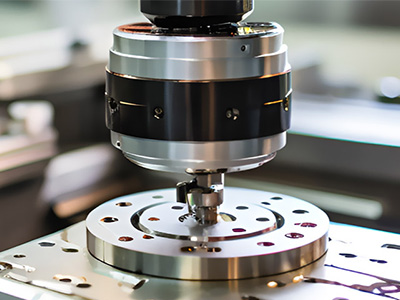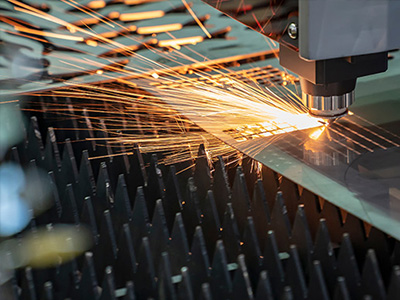Aluminum 6061 vs 6063: Especially For Processing Heat Sinks
There are many types of aluminum alloys, but A6063 and A6061 are alloys with excellent corrosion resistance. AL6063 and AL6061 are both classified as 6000 series aluminum alloys, and it is important to use different materials according to the application. In this article, we will explain the difference and application of AL6063 and AL6061, especially their difference for CNC machining processing heat sinks. So if you want to deepen your understanding of the cnc handing materials and apply them to your work, be sure to read to the end.
Chemical Composition Differences:
The trace elements of 6061 aluminum alloy include 0.6% Mg, 0.25% Cu, 1.0% Mg, 0.09% Cr; the silicon content is 0.7%, and the iron content is 0-0.7%. It is mainly used in corrosion-resistant structures, trucks and other fields.
The chemical composition of 6063 aluminum alloy includes 0.4% Si and 0.7% Mg. It is used for tubular railings, furniture, frames, etc. It has a hard material strength of 295Mpa and a soft material strength of 111Mpa.
Difference In Mechanical Properties:
The tensile strength of 6061-T6 is 310 MPa, 6063-T5 is 185 MPa, and 6063-T6 is 230 MPa. In terms of hardness, 6061-T6 is 95 HB, 6063-T5 is 60 HB, and 6063-T6 is 70 HB2.
Plasticity Comparison:
6061-T6 is used in situations where a certain strength and hardness are required, while 6063-T5 is suitable for extrusion into various profiles with complex structures, and has excellent thermoplasticity, surface treatment, cutting, corrosion resistance and weldability comparison:
In terms of cnc surface treatment, cutting, corrosion resistance and weldability, 6061 and 6063 perform well overall, but there are slight differences.
Other Aspects Comparison:
6061 aluminum is known for its high strength and excellent machinability. It also exhibits good corrosion resistance, making it a versatile choice for a wide range of applications, including radiator cnc manufacturing. The addition of magnesium and silicon to the alloy enhances its strength and durability, making it an ideal choice for applications that require high mechanical strength.
On the other hand, 6063 aluminum alloy is favored for its excellent extrudability and formability. It is often used in applications that require complex shapes and designs, such as producing complex heat sink structures. While 6063 may not have the same strength as 6061, its good extrusion properties make it an attractive option for manufacturers looking to create custom heat sinks with complex designs.
According to the information provided, 6063 aluminum alloy has better heat dissipation effect in manufacturing heat sinks, with a heat dissipation coefficient of 0.2~0.22kw/(m·℃), while 6061 aluminum alloy has slightly inferior heat dissipation effect to 60631. The main alloying elements of 6063 aluminum alloy are magnesium and silicon, with a density of 2.69g/cm³, and excellent processing properties, weldability, extrusion, electroplating and corrosion resistance. In contrast, 6061 aluminum alloy performs better in hardness, weldability and high corrosion resistance.
In the context of cnc mechanical manufacturing heat sinks, the choice between 6061 and 6063 ultimately depends on the specific requirements of the application. If the main concern is to achieve high mechanical strength and durability, 6061 may be the first choice. However, if the design requires complex shapes and complicated contours, 6063 may provide a more suitable solution due to its excellent extrudability.
In summary, 6061 and 6063 aluminum have obvious differences in chemical composition, mechanical properties, plasticity and applicable fields, and the appropriate material can be selected according to specific needs.






